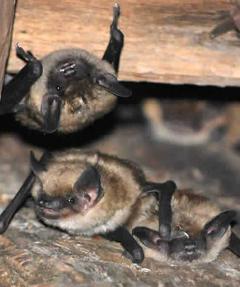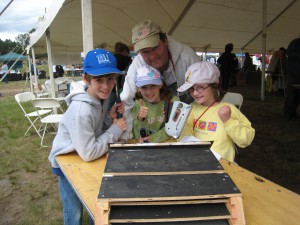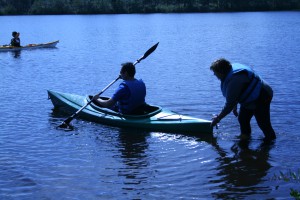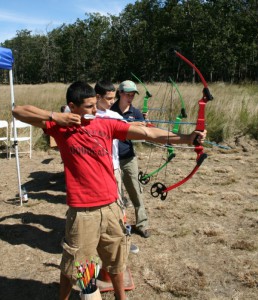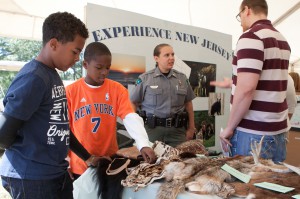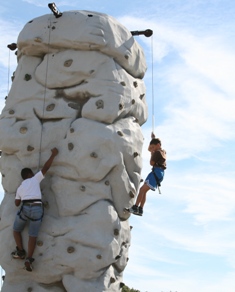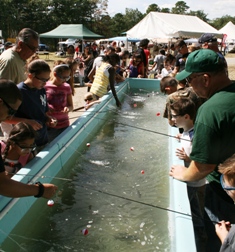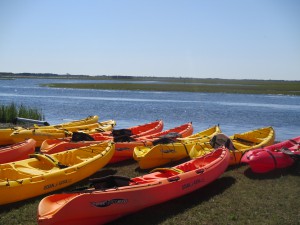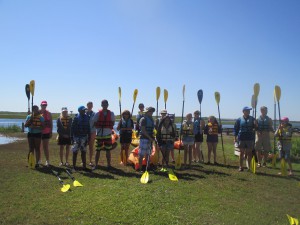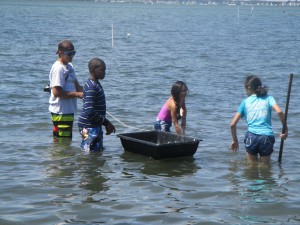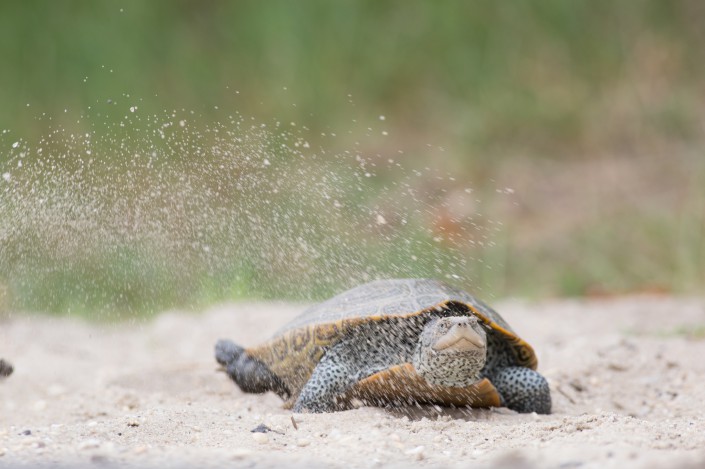Spotlight on Meghan Wren, Women and Wildlife Leadership Award Winner
Megan Wren: Founding Director of Bayshore Center at Bivalve Recognized for her Conservation Efforts
By: Lindsay McNamara, Communications Coordinator
As an iconic protector of the Delaware Bay for over 26 years, 2014 Women & Wildlife Leadership Award Winner Meghan Wren has devoted her life to restoring the region through hard work, dedication and leading by example.
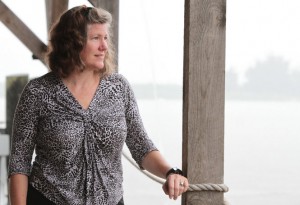
At 23 years old, Meghan led a restoration effort for the 1928 oyster schooner A.J. Meerwald. Through a variety of volunteer and community-based fundraising activities, along with major grant support, A.J. Meerwald was brilliantly restored and is now New Jersey’s official Tall Ship, serving as a sailing classroom. Meghan founded Bayshore Center at Bivalve in 1988 to motivate people to take care of the history, culture and environment of the Bayshore region. More than 20 years later, Meghan has continued to transform Bivalve through a number of restoration and conservation projects, as well as, the opening of the Delaware Bay Museum & Folklife Center.
Join us as we honor Meghan and the three other 2014 Women & Wildlife Award Winners this Thursday, October 23rd beginning at 6pm. Purchase events tickets and find more information.
CWF asked Meghan a few questions about what working in wildlife conservation means to her:
What motivates you to get out of bed each morning and go to work?
“I go to work each morning to do what I can to raise the level of concern for and participation in the stewardship of New Jersey’s Bayshore.”
What is your favorite thing about your job?
“My favorite thing about my job is the diversity of opportunities. While focusing on Delaware Bay, I have had the opportunity to learn about a broad range of scientific issues, conduct historic research and collect first hand stories, meet and work with amazing people and experience the magical, seasonal phenomenon of the Bayshore’s flora and fauna.”
Name one thing you can’t live without.
“I can’t live happily without my daily fix of Bayshore vistas across wide expanses of marsh and water.”
Do you have a New Jersey wildlife species that you like best? Why?
“I’ve had a long personal history with Diamondback Terrapins, helping hatchlings find the water for as long as I can remember. I love the first warm days of spring, when I can find them emerging from my garden in search of the water. They are so different from one another in color, tone and markings. I love to see the heads of females pop out of the water unexpectedly as they scan the shoreline for a place to come up to lay their eggs.”
What interests you the most about New Jersey’s wildlife?
“I am particularly interested in learning more about the life cycle and stories of the Bayshore region species.”
Name one piece of advice you would give to someone who wants to change the world.
“Perseverance.”
What wildlife “lives” in your office? At your home?
“My office, in Bivalve, on the Maurice River just two bends before Delaware Bay, has daily eagle visits. The historic roof over the wharves entices shorebirds, skimmers and seagulls depending on the season; mute swans, fiddler crabs and occasional otters cavort in the mud and water between the docks. There is a mini-oyster reef just off the dock with oysters, gobys and a plethora of unseen marine life. The 4,000 acres of wetlands contiguous to the property host countless species of birds, mammals and fish.
“My home in Money Island on the Nantuxent Creek also hosts abundant eagles, ospreys and marsh hawks overhead and speedy peregrines over the water. Purple martins, barn and tree swallows, great horned owls often call at night from the surrounding trees and orioles. Wrens and mourning doves nest in the yard. Along the road, I find muskrats, raccoons, opossums, skunk, mink, otters, weasels, rats, meadow voles, coyotes, and an occasional deer. All the usual suspects including raptors, warblers, shorebirds and songbirds in the skies, trees and marshes; and the ever present clapper rails, willets and great blue herons can be heard clacking and squawking from the wetlands.”
What do you find most challenging about your profession?
“I find it very difficult to juggle competing priorities, especially when all of them seem incredibly urgent.”
What is your favorite thing to do when you aren’t working?
“I enjoy spending time outdoors with my family, walking along the Bay beaches, kayaking its tributaries and hiking through its woodlands.”
Please join us this Thursday, October 23, 2014, from 6:00 – 8:30 p.m. at the Trenton Country Club to honor the contributions that Meghan Wren, Brooke Maslo, Cathy Malok and Jeanne McArthur-Heuser have made to wildlife in New Jersey.
We are excited to recognize the leadership and inspiration they provide for those working to protect wildlife in New Jersey. Women & Wildlife will also celebrate the timeless and inspiring journeys of wildlife migration in New Jersey and beyond.
Lindsay McNamara is the Communications Coordinator for Conserve Wildlife Foundation of New Jersey.
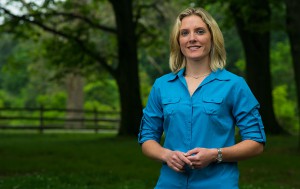
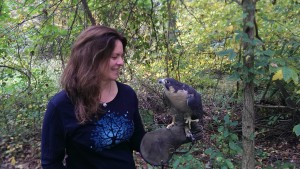
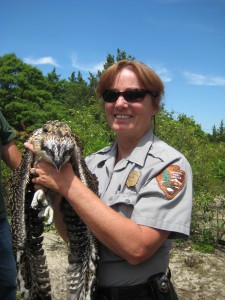
 The Conserve Wildlife Foundation (CWF) and the New Jersey Meadowlands Commission (NJMC) are proud to announce the arrival of their free downloadable e-book,
The Conserve Wildlife Foundation (CWF) and the New Jersey Meadowlands Commission (NJMC) are proud to announce the arrival of their free downloadable e-book,